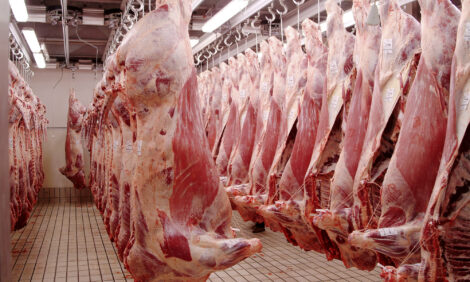



Study Predicts No Farmers and Ranchers under 35 by 2033
US - As long-time farmers and ranchers grow older, it is becoming increasingly difficult to pass on the family farm or find young employees to pick up the reins at large corporate ranches.According to the current issue of the journal Rangelands while the US has a rich agricultural history, and family farms once employed nearly half of the country’s work force, nowut that culture has changed and today most farms are corporate, mechanised, larger in size, and fewer in number.
Just two per cent of workers in the US today are employed on US farms or ranches.
The Rangelands article reports on the demographic trends in the industry in Wyoming.
Using statistics, maps, and graphs, the authors consider nearly 90 years of census and other data related to these trends. They examine how the agricultural community is aging and consider ways to inspire interest in farming and ranching.
The authors of the Rangelands article focused on the High Plains, specifically Wyoming, which still holds large tracts of working land. They reviewed decades of United States Census data, sorting it into classes based on worker age. They then mapped the results to pinpoint both state- and county-level trends.
They found that more than half of today’s farm operators are older than 55. In all but two counties in Wyoming, farming has attracted ever fewer people 34 years and younger.
Most counties have also seen drops in the 35–54 age bracket. As a result, the average age of farmers and ranchers has increased in every county in Wyoming since 1920.
Based on their results, the authors forecast a bleak farming future: no operators younger than 35 by 2033 and an average age of 60 by 2050. Even if their children and grandchildren show interest in agriculture, farmers often cannot afford to keep their land and equipment.
They “retire” and sell—often to residential or commercial developers.
The authors said that the trends in Wyoming are occurring throughout the United States.
The authors conclude that the loss of farmers, ranchers, and their land is compounded by the loss of local wisdom.
They argue for a new approach that turns young heads away from the lucrative oil and coal industries.
Teaching and internship programs, government incentives, and conservation easements that preserve farming and ranch estates are among the tools already in use.
They suggest that if young state residents learn more about their local environment and agricultural heritage, these programs could be even more successful in attracting the next generation of farmers and ranchers.
Full text of the article “Wyoming’s aging agricultural landscape: Demographic trends among farm and ranch operators, 1920–2007,” Rangelands, Vol. 36, No. 6, 2014, is now available at http://www.srmjournals.org/doi/full/10.2111/Rangelands-D-14-00035.1
TheCattleSite News Desk


